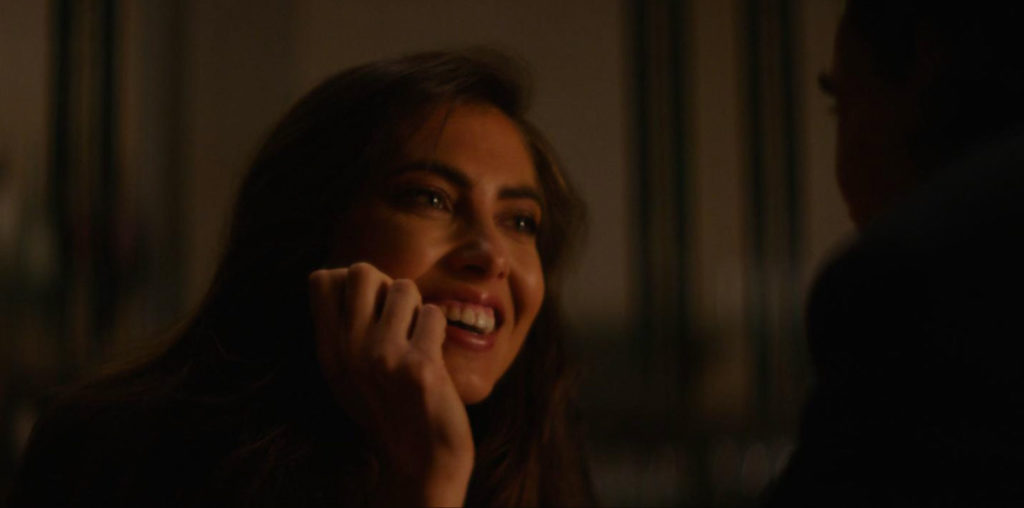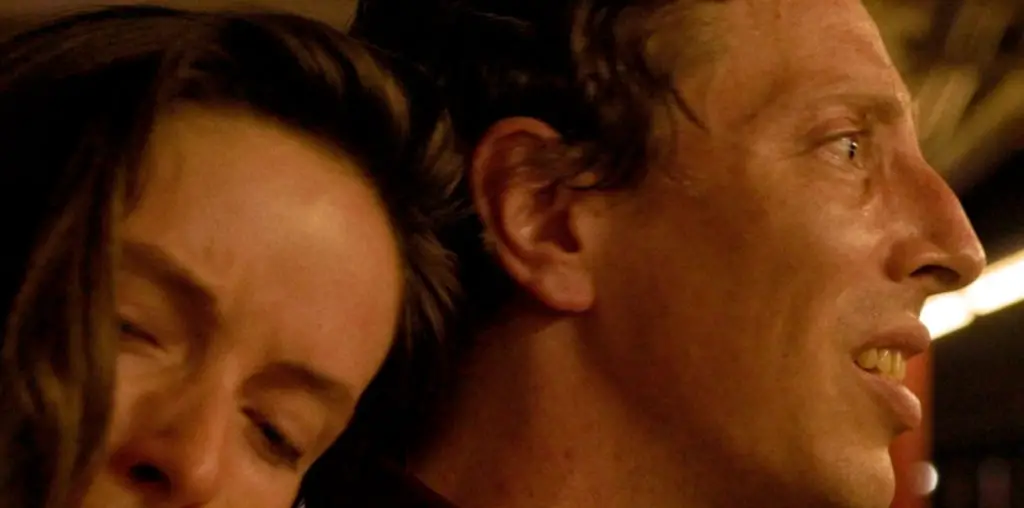
Interview with Co-Composer Steve Fisk:
How did you get involved with “Kurt Cobain About a Son?”
I’ve known Michael a long time. He asked me to do it.
What was it like re-visiting Kurt in an audio-sense after having been a part of the early days of Nirvana with Sub Pop?
Just so your readers don’t get confused. I work all the time. I don’t go out. I recorded alot of bands in the nineties. I only worked with Nirvana for a few days. We didn’t get to do much beyond basics and a few overdubs. So there are no “good old days” with me and Nirvana and Sub Pop. I really liked them as people. The Kurt in “KCAAS” is a lot more detailed than the guy I knew. During the sessions he was serious about the work we were doing. We talked a lot about radio mixing and played with abusing expensive reverbs. It was easy to crack him up. The Kurt in the film is a 25 hour conversation edited down to an hour and a half. Any time you make an edit you start to tell a “story” and you take it a click away from reality. I recognize the “Kurt I knew” in the film. Some people have said it’s like listening to a friend talk. I’m glad that comes through.
What was the process of composing for this film? Was it a case of coming up with an audio bed for the visuals to live in, were you given the cut interview audio to complement, or was it a combination of things?
The edit of the interview was completed along with most of the rock songs first. Ben and I wrote the opening and some short pieces that act as breaks between the three parts of the film. The rest of the work entailed scoring around the interview. There was all kinds of extra sound to contend with. Kurt listened to the TV and classic rock during the interviews. Sometimes we worked to cover things. Sometimes it worked to incorporate it into the music. The picture was edited to completed rough mix, some of which is in the finished film. Very little changed from what we wrote initially.
How did Ben Gibbard get involved with the project as a co-composer?
I think it was a compromise. Michael wanted me. AJ wanted Ben. Ben told me later that he suggested we work together as he hadn’t done this kind of work before. We’re neighbors so it was pretty simple for him to work at my home studio.
Can you walk me through the average day working on this film?
Wake at 6:30 AM.
8:30-The wife goes off the 40 hour a week routine.
9:30- I get the dishes in the dishwasher.
10:00-I put together a rough of where we left it yesterday.
12:00- Ben shows up. We record parts-gtrs, keys, the Death Cab vibes, (which could burn down the house left unattended), misc drums and what have you.
3:00-We do some looping and editing(of what we’ve just tracked) against Kurt’s interview, do some serious listening,
4:00- We concede we’re both VERY good but under-qualified for the job, the job being too “historical” and weird to have any real perspective. Still we press on.
6:00 to 7:00- Ben leaves. That’s when I would play my parts. I like doing that alone.
By 8:00 I’ve got a bottle of red open and usually put it away for the day. Some cues started with percussion ideas. Some started with long mellotron or optigan “pads”. Throughout all this-Ben was a great collaborator and brought really good parts and textures to the work.
BTW-the wife would come home at various hours throughout the early evening so we’d need a graph or a pie chart to put that in the schedule with any accuracy.
What was your goal as a composer for the film? What was it you were trying to achieve with the score?
I think the goal was not to ham it up-try to let the story tell itself. The dynamics of the interview are pretty flat-no big peaks-so the score had to drone and pedal for much of the film-very small dynamics.
The soundtrack is pretty “cool” in that it doesn’t add much drama. I think the score complements the pace and rhythm of the voice while sonically leaving a big hole for the roughness of the actual audio.
Another goal was not to reference grunge or Nirvana music in anyway. At one point I wanted Lori Goldston to play cello in spots. She was a big part of the Nirvana unplugged sessions and played on lots of their songs. Once the music came together, it would have been too obvious. She has such a strong musical personality that it would have sounded like “All Apologies” or something.
How does this project differ from other producing collaborations you’ve been a part of in the studio?
It has no reference to my other collaborations. Lots of problem solving. And it’s AJ and Michael’s film. They weren’t there. Ben and I had to guess and interpret. Pretty egoless work for the most part.
Do you think that’s what made the score as good as it is, as you weren’t being dictated to and were able to work through the film?
I’m glad you think that much of the score. I’m just glad the whole thing works. AJ left us on our own because he thinks people work better like that. So do I. Maybe you heard the Jesse Bernstein CD, “Prison”? It was a similar kind of approach. Michael hadn’t even thought of that CD when he we met with AJ but he slapped his forehead hard when I mentioned the similarities. If you’ve heard that record, my place in this production seems more than obvious. I work well with the dead. “More Noise Please” even resembles the score in some ways.
Do you think being a Pacific Northwest inhabitant helped you craft the necessary score? Were you able to tap into a sonic groove being a part of that environment that an outsider might not be able to pull off?
I hope it did. Although beyond the Velvet Underground type music in the Olympia section there was no attempt to sound “regional” or mimic Northwest rock music.
Who was Kurt Cobain to you?
I still don’t have a good answer for that. I’m glad to be part of this film. I’m glad to help add some detail to the picture people have of Kurt. Maybe someday we’ll all get over the nineties.
You can see “Kurt Cobain About a Son” at the 2006 AFI Film Fest>>>

